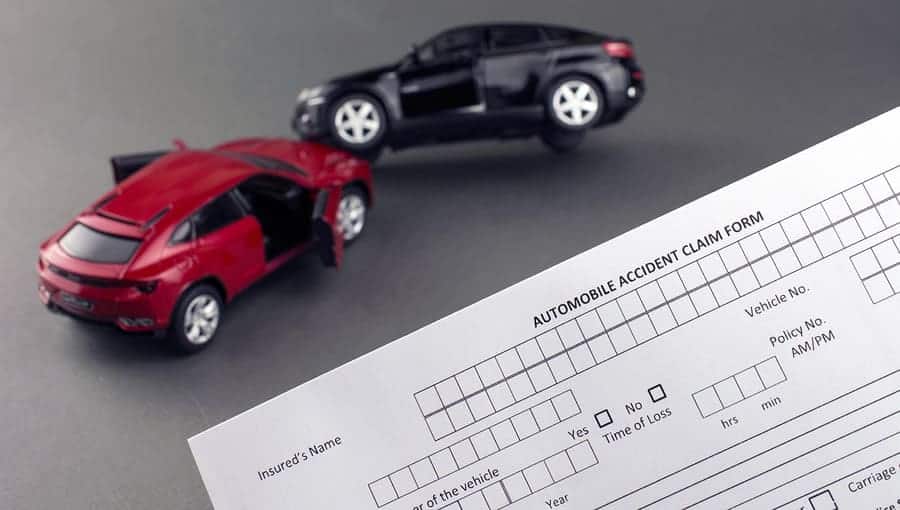Emotional distress is a term frequently tossed around in movies and television shows. Though common, it’s a phrase that’s often misunderstood, especially by those in the early stages of filing a car accident claim. Defined as psychological pain stemming from an experience, emotional distress can cause feelings of depression, anxiety and guilt, among others. Damages for emotional distress are awarded only in specific circumstances.
Find out the maximum compensation you could receive.
In most cases, emotional distress accompanies physical pain. Take, for instance, a car accident victim who is struggling with post-traumatic stress disorder (PTSD) after the crash. They may have suffered broken bones as well as the psychological trauma of a stressful event like a car accident. Though not intentional, the at-fault driver can be held liable for both the physical and emotional damages they caused.
When emotional distress is the only form of damage, though, it can be harder to seek compensation for the pain. Lawsuits filed in such cases must show evidence that the person who caused the emotional distress intended to do so. Victims must prove that the person’s actions were extreme and resulted in some form of psychological anguish.
Not every victim of emotional distress is entitled to compensation for their damages, no matter how severe. Generally, the more severe the emotional distress, the more likely a victim is to win their lawsuit. Such lawsuits are complicated and the laws surrounding psychological damages vary from state to state. Anyone considering filing a lawsuit to recoup damages after experiencing emotional distress should work with the insurance company, and possibly an attorney to find the best path towards a fair car accident settlement that leaves all parties whole.
Proving Emotional Distress
Mental health problems can be difficult for outsiders to see. Unlike a sprained ankle that might require a person to walk around on crutches, the psychological pain that comes from witnessing a traumatic event is invisible. PTSD, insomnia, memory problems and depression are all common among survivors of incidents like car accidents. Proving emotional distress in court can be a challenge, but it is necessary to do so for anyone hoping to file a successful lawsuit.
A doctor or psychologist can help provide victims with documentation of their emotional distress. A list of ongoing symptoms, appointments and prescriptions can help show the long-reaching consequences the traumatic incident had on a person. If there are any related health issues caused by the emotional distress, having evidence of the connection can also be helpful.
When filing a claim against a person who intentionally caused distress, evidence is needed that their behavior was extreme. Uncivilized behavior outside of social norms must be proven. For example, if a person threatens to kill your loved one, you may be entitled to compensation for the emotional distress caused by the statement. The resulting psychological damage must, however, be proven.
Types of Emotional Distress Claims
There are three kinds of emotional distress for which a person may sue. The first arises from another person’s negligence. For example, a grocery store owner may be sued if they forget to mop up spilled milk or warn customers of the slippery floor and someone falls. When a victim breaks their leg and sues, they may also seek damages for their emotional distress. Though such an incident may not seem traumatic, the emotional distress that accompanies such an injury can be immense.
The second kind of emotional distress is intentional. Workplace bullying comes to mind. If a manager teases an employee despite their repeated requests to stop, the harassed employee may seek legal action. Even though physical abuse has not occurred, the trauma associated with the verbal harassment may be enough to trigger emotional distress. This intentional behavior can be penalized in civil court.
Finally, emotional distress can stem from consequences caused by another person’s actions. For instance, if a roller coaster’s seat belt becomes unlatched mid-ride, their parent who witnessed the accident can sue the person who designed the ride for emotional distress. Unlike the other forms of emotional distress, this type of claim does not argue that a person or business should have acted with greater care. Rather, it seeks recompense for the emotional distress caused by the consequences of a poorly designed roller coaster.

A graduate of Trinity Law School in Southern California, Graham Bersche has experience as a paralegal, negotiator, and legal writer. He lives in Los Angeles and is passionate about helping people who’ve been injured in car accidents to understand the laws governing their situations and learn how to maximize their car accident settlements.



